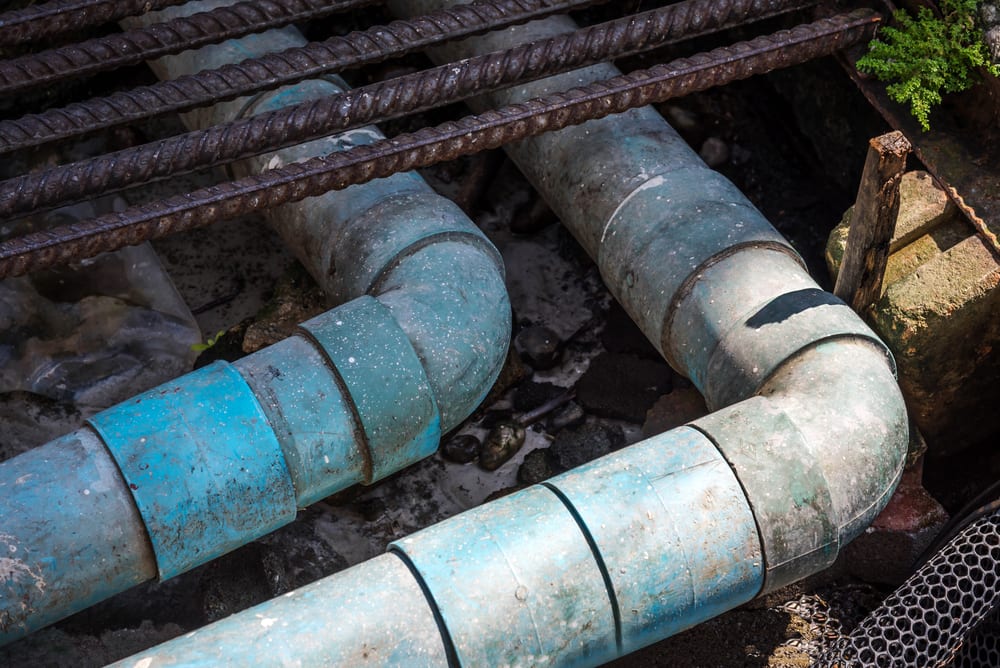
Most people understand the obvious annoyance presented by a sewer backup. However, these backups aren’t just annoying; sewage backup is dangerous. This is why knowing how to respond to one when it happens is so important.
Table of Contents
This article will explore the issue of sewer backups. It will also give essential information that every homeowner should know when dealing with one.
What Is a Sewer Backup?
Drains are the barrier between a home’s appliances and the sewer. They take water from the home and into the sewer when working properly. However, this process can be disrupted. A sewer backup will cause the water from the sewer to reenter the home through the drains.
This is annoying because sewer water is disgusting. Think of all the gross and disgusting material that leaves a home through the drains. Having this come into the home usually leads to gross smells and even some gross water. Plus, it can lead to pipe leaks, which could cause damage to your home.
Why Do Drains and Sewage Back Up?
Unfortunately, the causes come from several different potential places. These include:
- Situations where the drains are taking on too much water: Heavy storms are a common way this happens. They typically impact sewer drain systems that combine rain and sewer water.
- Roots disrupting the lines: If tree roots grow enough, they can make their way into the water lines and create problems.
- Any blockage: In many cases, lines are blocked when things that shouldn’t be put in the drain are put in the drain. These include oils, grease, and anything besides toilet paper that is flushed down the toilet.
- Old sewer systems: Sometimes, the sewer system is just too old and malfunctions because of some aging-related failure.
Signs of Sewage Backup
It isn’t always immediately obvious that a sewer is backing up. However, there are some signs to look out for.
- Strong smells coming from the drain: If a smell of sewage comes from a home’s drains, there is a good chance that the home is experiencing a sewer backup.
- Bubbling drains or toilets: Sometimes, a homeowner will notice that the drains seem to bubble or the water in the toilet does the same. This is the result of gasses being released due to a sewer backup.
- Slow draining: If one drain in a home is draining slowly, that drain may simply be clogged. However, if all of the home’s drains are draining slowly, the issue may be due to the home’s sewer connection.
- Problems in the yard: When sewer lines back up, they may impact the yard. This can lead to flooding, sinkholes, or even just the grass in one spot of the yard looking particularly green.
- Overflowing floor drains: A sewer backup can lead to water pooling around floor drains.
- Drains backing up: If the issue is serious enough, water will back up through the drains themselves. Using the shower may result in gross sewer water escaping from the drain.
The Dangers Associated with Sewage Backup
When a sewage backup happens, fixing the issue should be a priority. This is because the sewage backup presents a danger to the home and the people within it.
Water from sewage is inherently unclean. The water is more likely to contain diseases and bacteria. Simply coming in contact with this water can expose someone to the hepatitis A virus or dangerous amounts of E. coli.
Plus, the dangers can even enter the air. This means that even non-direct exposure is dangerous.
Steps to Follow When Your Sewage Backs Up
- Keep people away: You want to minimize the number of people exposed to the problem.
- Determine the problem: If the backup is due to a small clog or minor issue, you can try to fix it independently. If it is anything more serious, like a larger clog or backed-up sewer line professional help is necessary.
- Be safe: While dealing with the issue, be safe. Don’t enter a flooded area with electricity nearby. In addition, wear a face mask, put on rubber gloves, and get some ventilation by opening doors and windows.
- Get professional help: Most issues will require professional help. They can assist with everything from water leak repair to a significant water line clog or backup.
- Sewage backup cleanup: Once the problem is fixed, the danger isn’t immediately gone. The entire area affected by the backup should be thoroughly cleaned to disinfect it. In addition, make sure the area is completely dried to prevent the growth of mold and mildew.
Conclusion
Dealing with a sewer backup is not going to be fun, but minimizing the problems it causes is possible. Knowing what signs to look for lets you know how to prevent sewage from becoming a problem, and how to respond lets you deal with it in the moment. In either case, seeking out professional help and staying safe is critical.

